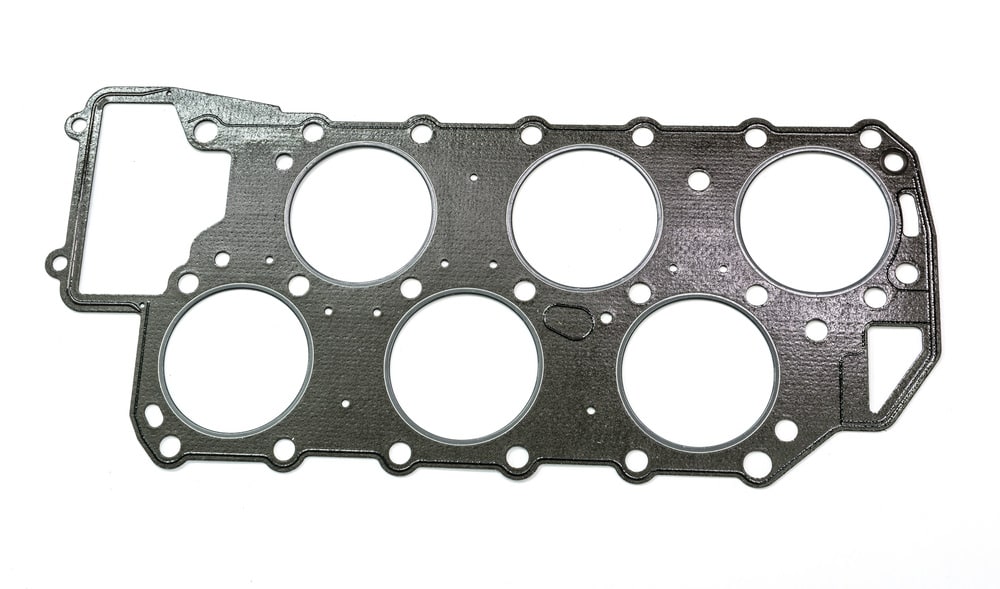

It is estimated that more than 250 individual components make up the typical combustion engine used in today's cars, trucks, and SUVs. But did you know that one of the most important components are the gaskets that are installed in-between two other parts? Although they are small in size and not particularly complex, they are vital to engine function.
There are several different gaskets that are used in various parts of the engine. Some gaskets are inside the motor, while others connect the engine to supporting components like the intake manifold, exhaust manifold, and water pumps. Their primary job is to keep debris from entering the engine, maintain a consistent internal pressure, and keep oil and other fluids inside the engine. Here are a the most important gaskets on your engine and why they are critical in keeping it running.
Cylinder Head Gaskets
Often known simply as the head gasket, the cylinder head gasket prevents combustion gases from getting into the coolant system. They are made typically of copper and are placed between the [cylinder head](https://www.yourmechanic.com/article/how-to-clean-cylinder-heads-by-spencer-clayton] and the engine block. The thickness of the head gasket can impact the compression ratio inside the combustion chamber. On older vehicles, head gaskets had a ‘shelf life’ and would wear out, especially closer to the edges of the combustion chamber due to high heat. This would reduce the pressure inside the combustion chamber and lead to potential engine failure.
Although today’s head gaskets are much better in design, one problem they still have is being damaged during overheating situations. When a head gasket fails, coolant will seep into the combustion chamber and mix with engine oil. This can cause significant engine damage and require complete engine rebuild or replacement.
Intake and Exhaust Manifold Gaskets
The intake manifold gasket regulates the temperature inside the chamber and prevents air from escaping during combustion. This ensures the fuel mixture has the right amount of oxygen for the engine to perform efficiently. The exhaust manifold is similar, but is installed in between the cylinder head and the exhaust manifold. When these gaskets fail, they can create compression issues, and reduce engine efficiency. Typically these gaskets do not fail when a vehicle is properly maintained with routine maintenance.
Main Bearing Gaskets
The main bearing gasket is designed to keep the oil in the oil pan while the crankshaft is moving. It is set right off the last main bearing and is located on the rear of the engine. The gasket or seal is generally made of rubber or silicone to hold up to high temperatures. It keeps the oil from moving past the crankshaft while it spins. The main bearing seal will fail with excessive oil pressure, excessive heat, or the collection of engine sludge which is caused by not changing engine oil and filter as recommended.
Camshaft Gaskets
The camshaft also requires a gasket to prevent oil from leaking out. Also referred to as a cam seal, the round rubber gasket does double duty. It not only prevents oil from seeping out, but it keeps dust and dirt from getting into the engine and causing damage.
A faulty gasket can cause major damage over time if not replaced. Although a professional mobile mechanic can replace some external gaskets, internal engine gaskets should be replaced by a dedicated engine shop. It’s important to have a mechanic inspect the gaskets in the engine to know when they need replaced.



